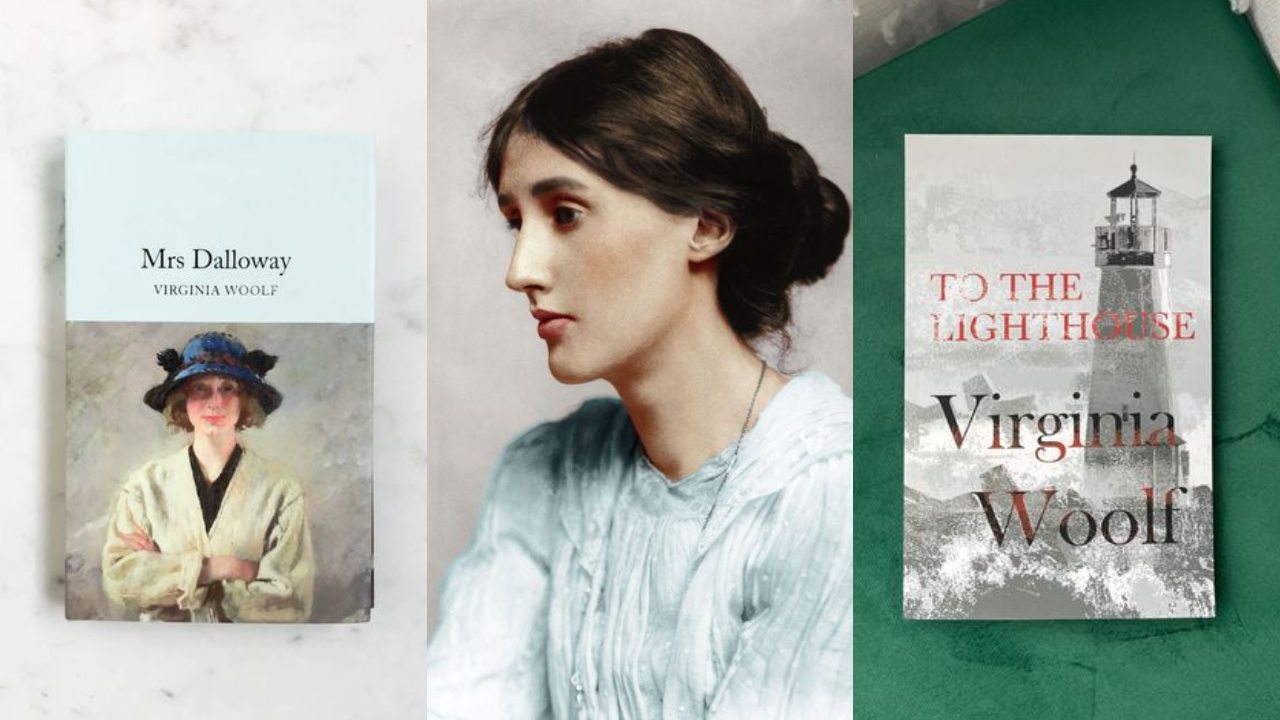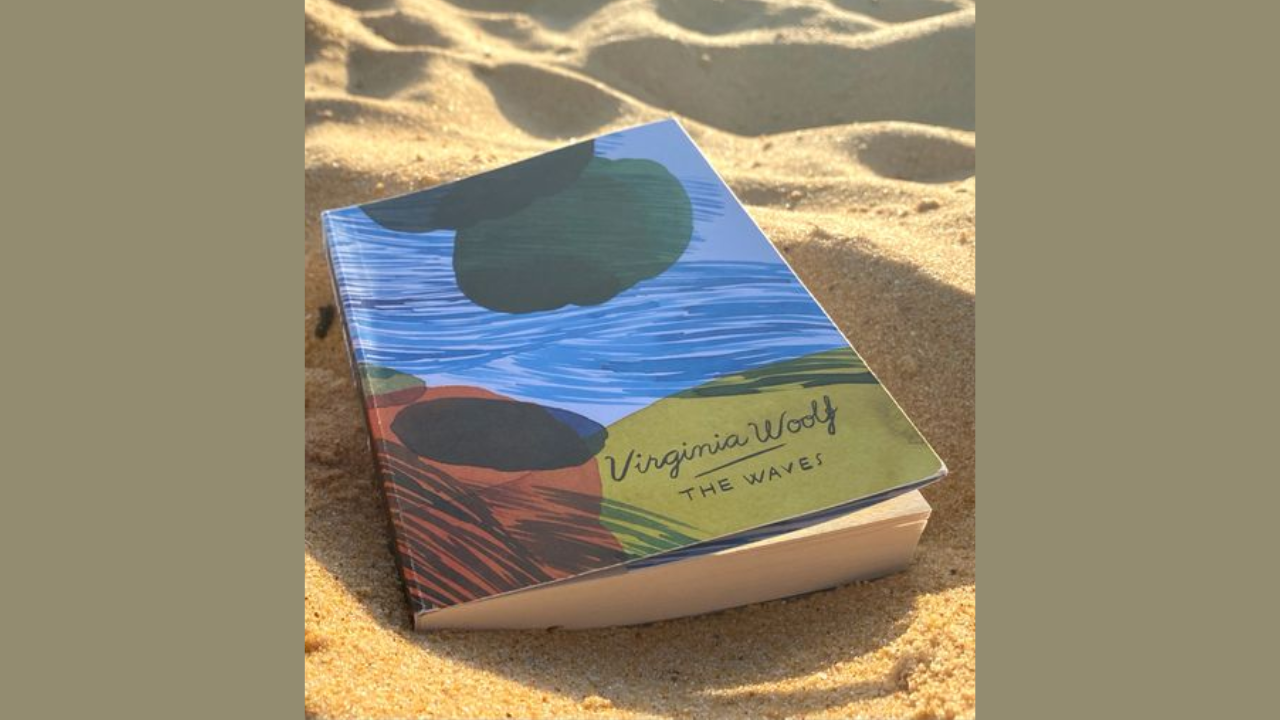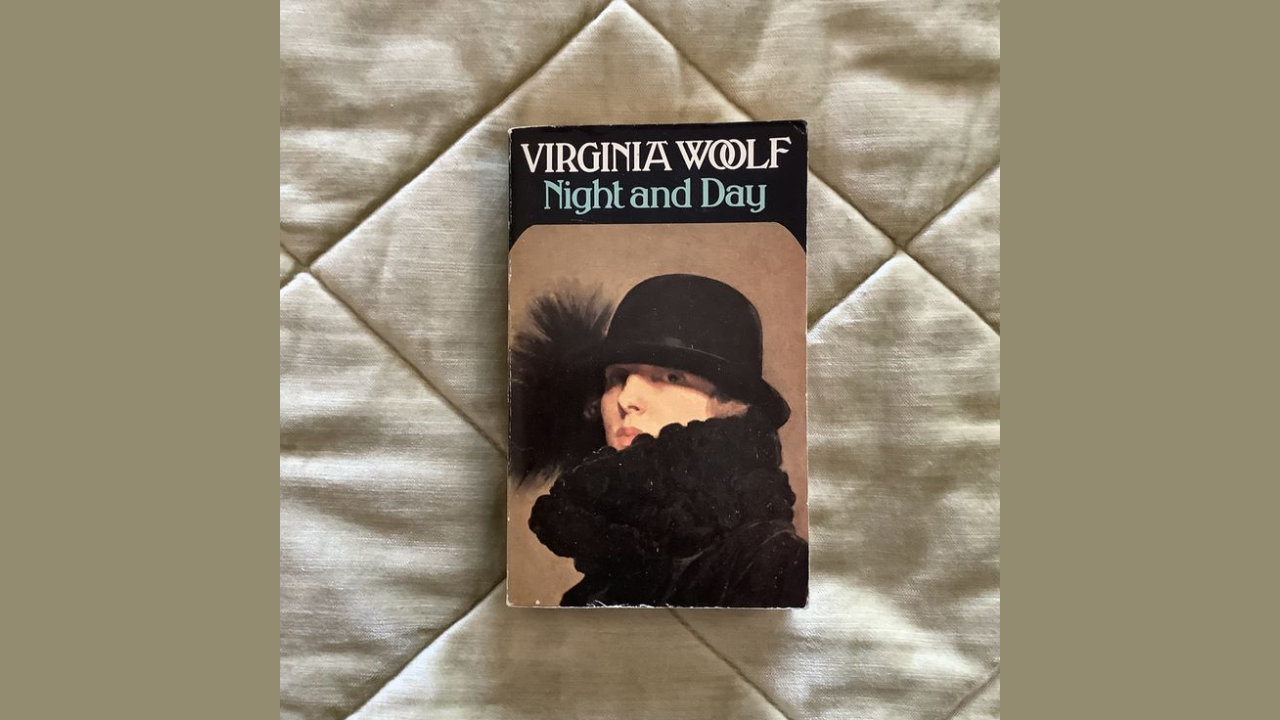10 Virginia Woolf Books To Understand The Real Meaning Of Feminism
Virginia Woolf's writings explore feminist ideas and the complexities of gender, identity, and what society expects from us. By reading these 10 important books by Virginia Woolf, people can understand feminism better and see how it still matters today.

10 Virginia Woolf Books To Understand The Real Meaning Of Feminism (Image Credit: Instagram)
Virginia Woolf, a famous writer known for her modern style, is praised for exploring important topics like women's rights in her books. She looked closely at how society sees gender roles and how people see themselves. Through her stories and essays, Woolf helped people understand what feminism truly means. Here are 10 of her books that show the real meaning of feminism and how it has changed over time.
1. A Room of One's Own
In 1929, Virginia Woolf wrote "A Room of One's Own," which is considered one of her most well-known feminist writings. In this essay, she talks about why it's important for women to have money and their own space to be creative. Woolf uses interesting stories and deep thinking to show how women have struggled in the past to be writers and why we need to change how we think about men's and women's roles.
2. Mrs. Dalloway
In 1925, Virginia Woolf wrote a book called "Mrs. Dalloway." It's about a lady named Clarissa Dalloway and her thoughts and feelings. The book shows how she deals with what society expects from her and what she wants for herself. Woolf uses a special writing style called stream-of-consciousness to dive deep into Clarissa's mind and talk about things like who she is, what freedom means to her, and how society puts limits on people, especially women.
3. To the Lighthouse
"To the Lighthouse," a book from 1927, explores how families relate to each other and how time passes. The main character, Mrs. Ramsay, shows us how women have to give up a lot and face restrictions in their homes. The book also questions what it means to be a traditional woman and a mother.
4. Orlando: A Biography
"Orlando," a book from 1928, is a fun and creative story that challenges the usual ideas about gender and who we are. It travels through time and different places, following the main character Orlando as they change from being a man to a woman. Woolf uses this exciting adventure to show how gender can change and how society expects us to act based on our gender.
5. The Waves

In 1931, 'The Waves' came out, a book that tries new things with how stories are told. Instead of a regular story, it's made up of conversations from six people, following them from when they were kids to grown-ups. Virginia Woolf talks about who we are, how we relate to others, and what gives life meaning. She dives deep into what it's like to be human, especially for women.
6. Three Guineas
In 'Three Guineas,' which came out in 1938, Virginia Woolf talks about the big problems of her time like fascism, war, and women's rights. She writes a bunch of letters where she takes on the unfair systems that keep some people down, especially women. Woolf believes that educating and empowering women is a key to making society better.
7. The Years
In 1937, Virginia Woolf wrote 'The Years,' a book that tells the story of the Pargiter family over many years. With lively characters and beautiful writing, Woolf shows us how England changed during the early 1900s. But more importantly, she focuses on how women cope with their roles and what society expects from them.
8. Night and Day

In 1919, Virginia Woolf wrote 'Night and Day,' her second novel, where she tells the story of two couples from different backgrounds. Katharine Hilbery and Mary Datchet, the main characters, show us how personal dreams clash with what society wants from us. Woolf shows the struggles women face in chasing their dreams while dealing with society's rules.
9. Jacob's Room
Jacob's Room," a book from 1922, tells the story of Jacob Flanders as seen by people who knew him. Virginia Woolf uses bits and pieces of the story and colourful descriptions to show how life is short and our identities are complicated. By showing Jacob's relationships with women, she helps us understand how gender roles and what society expects can hold us back.
10. The Common Reader
“The Common Reader," a collection of essays released in 1925 and 1932, features Virginia Woolf's thoughts on different writers and their works. With her sharp insights, Woolf questions the usual standards of what's considered good literature and shines a light on the important work of women writers from the past, giving them the recognition they deserve.
Trending:
End of Article
Subscribe to our daily Lifestyle Newsletter!
Related News





Amit Bagga and Raghav Jaggi Spills The Bean On Their Love For Butter Chicken

7 Books Written By Sociologists and Historians To Educate Yourself On The LGBT Community

How To Keep Office Romance Under Wraps

Budget- Friendly Indoor Decor Ideas For Study Room

The Royal Moves Of Meghan Markle To Catch Her Prince Charming








